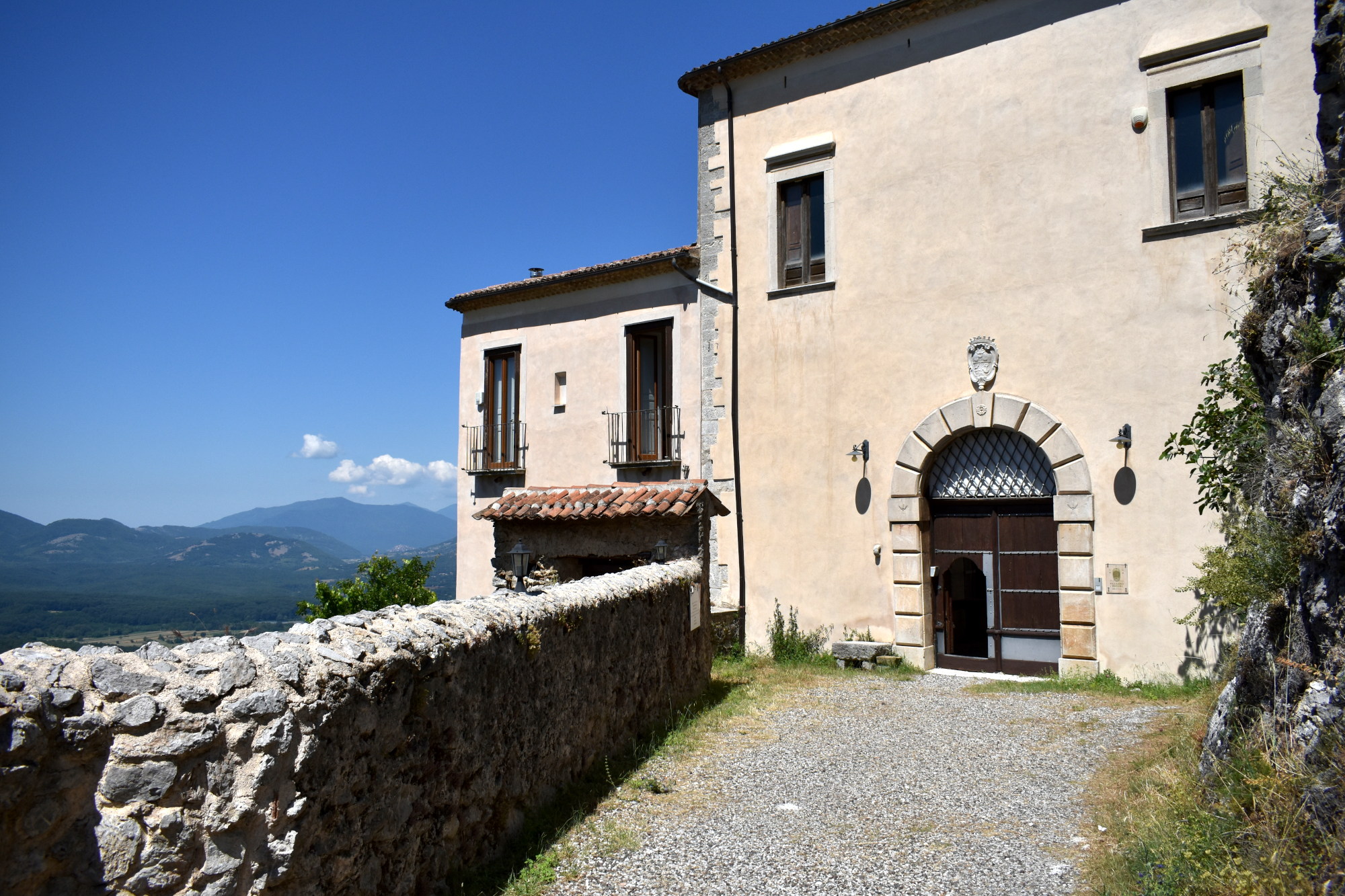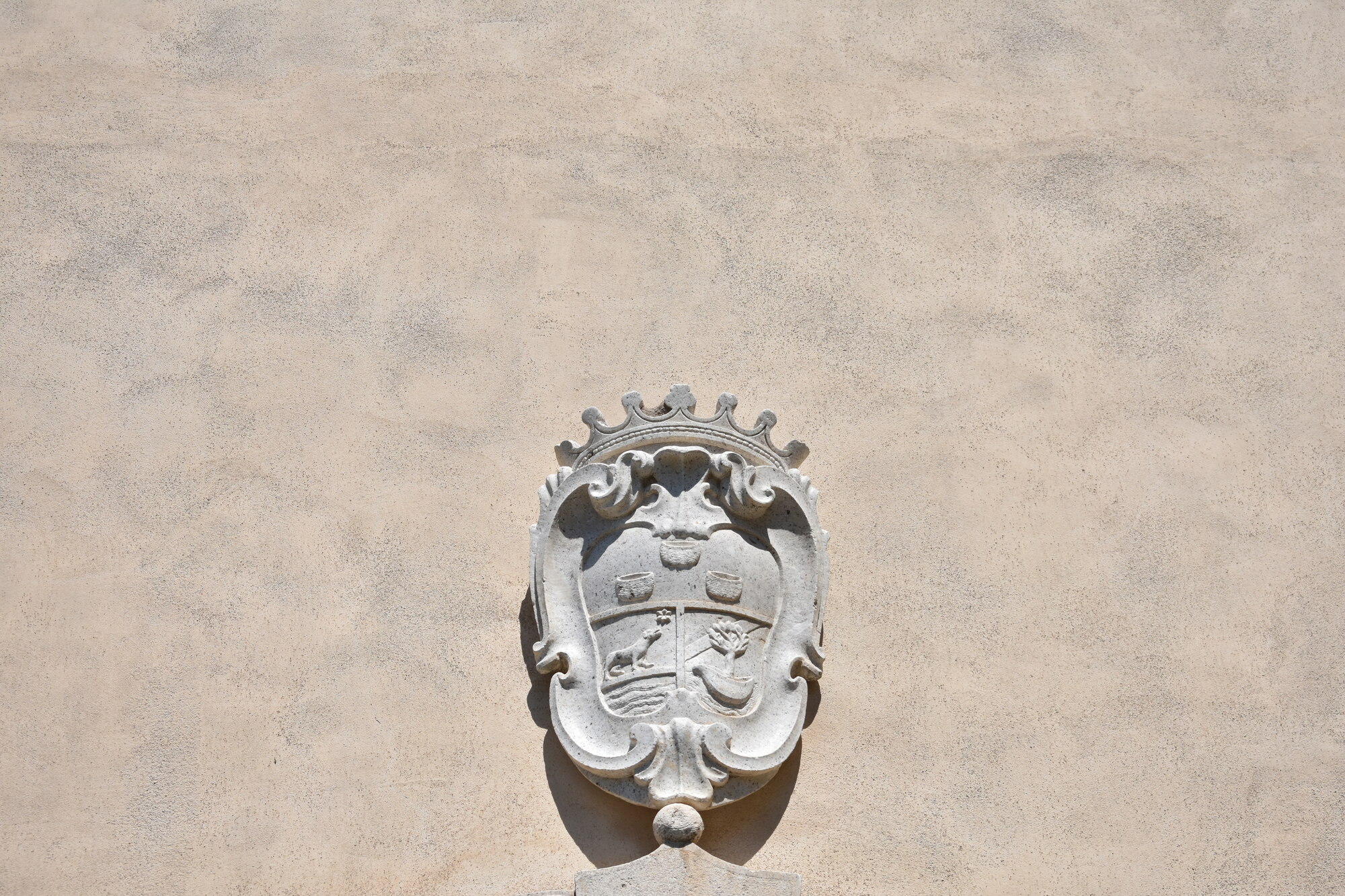Beautiful Architecture
Palazzo Cestari



Il Palazzo Cestari costruito nel XVII secolo e datato 1766, da una delle tre famiglie nobiliari di Montesano sulla Marcellana.
Si tratta di un manufatto di grandi proporzioni, con diversi ingressi e vasti spazi abitativi, costituito da due corpi di fabbrica, uno adibito a residenza dell'antica famiglia e l'altro destinato a locali di servizio.
Il fabbricato si presenta sulla strada che conduce al paese via Dott. Nicola Cestari ad un solo piano, anche se si sviluppa su tre piani, seguendo il forte pendio del sito.
La costruzione, a differenza degli altri edifici posti lungo l'arteria, si presenta austero, pur nella semplicità delle linee.
Presenta finestre rettangolari, con cornici in pietra ed un portale in pietra di Padula che porta lo stemma di famiglia con tre cesti.
Il palazzo è dotato anche di una cappella recentemente restaurata, avente l’altare in legno con intarsi di grande pregio e una scultura di Giuseppe Fariello, che operò nella Certosa di San Lorenzo in Padula nel 1766.
L’edificio fu scenario dell’eccidio, nel 1799, di Nicola Cestari, capo della municipalità, protagonista della rivoluzione partenopea a Montesano, nipote dell’Abate Giuseppe Cestari Ministro degli Interni del governo Giacobino Partenopeo.
Lo spirito di libertà ed anti tirannico continuò anche nel figlio primogenito di Nicola, Tommaso Cestari, il quale si impose come uno dei dirigenti carbonari più importanti del Vallo di Diano, partecipando ai moti del 1820 e subendo, per questo un processo, che lo portò alla morte nelle carceri di Salerno nel 1823.
Una parte dell’edificio, la quota di proprietà di Stefania Cestari, è stato ristrutturato ed adibito ad Hotel con moltissimi servizi, tra cui il centro benessere con spa, sala ricevimenti, ristorante e tanto altro.
Il Palazzo è un punto di riferimento del paese, gode di una posizione privilegiata per visitare il Vallo di Diano, le magnifiche Grotte di Pertosa e la splendida e incontaminata oasi del WWF di Morigerati e il Parco Nazionale del Cilento Vallo di Diano e Alburni nella sua interezza.
L'antica struttura, testimone di eventi che hanno fatto la storia del Meridione d'Italia, domina dall'alto il Vallo di Diano, vi affascinerà per l'unicità e la raffinata eleganza degli ambienti, ed il suggestivo centro benessere ricavato nei sotterranei del palazzo, offrendo un soggiorno indimenticabile a chi vorrà trascorrere momenti di assoluto relax in un luogo in cui il passato vive e partecipe del presente.
The Palazzo Cestari built in the 17th century and dated 1766 , by one of the three noble families of Montesano sulla Marparmi.
It is an artifact of great proportions, with several entrances and large living spaces, built
from two buildings, one used as the residence of the ancient family and the other intended for service rooms.
The building is on the road that leads to the town via Dott. Nicola Cestari with a single floor, even if it is spread over three floors, following the steep slope of the site.
The building, unlike the other buildings along the artery, is austere, despite the simplicity of the lines.
It has rectangular windows, with stone frames and a Padula stone portal that carries the family crest with three baskets.
The building is also equipped with a recently restored chapel, with a wooden altar with inlays of great value and a sculpture by Giuseppe Fariello, who worked in the Certosa di San Lorenzo in Padula in 1766 .
The building was the scene of the massacre, in 1799 , of Nicola Cestari, head of the municipality, protagonist of the Neapolitan revolution in Montesano, nephew of Abbot Giuseppe Cestari Minister of the Interior of Jacobin Parthenopean government.
The spirit of freedom and anti-tyrannical continued also in Nicola's eldest son, Tommaso Cestari , who established himself as one of the most important Carbonari leaders in Vallo di Diano, participating to the riots of 1820 and for this undergoing a trial, which led to his death in the prisons of Salerno in 1823 .
A part of the building, the share owned by Stefania Cestari, is it has been renovated and used as a hotel with many services, including the wellness center c on spa, reception hall, restaurant and much more.
The Palazzo is a landmark of the town, enjoys a privileged position to visit the Vallo di Diano, the magnificent Pertosa Caves and the splendid and unspoiled WWF oasis di Morigerati and the Cilento National Park Vallo di Diano and Alburni in its entirety.
The ancient structure, witness of events that have made the history of Southern Italy, dominates the Vallo di Diano from above. will fascinate for the uniqueness and refined elegance of the rooms, and the suggestive wellness center created in the basement of the building, offering an unforgettable stay to those who want to spend moments of absolute relaxation in a place where the past lives and participates in the present.







